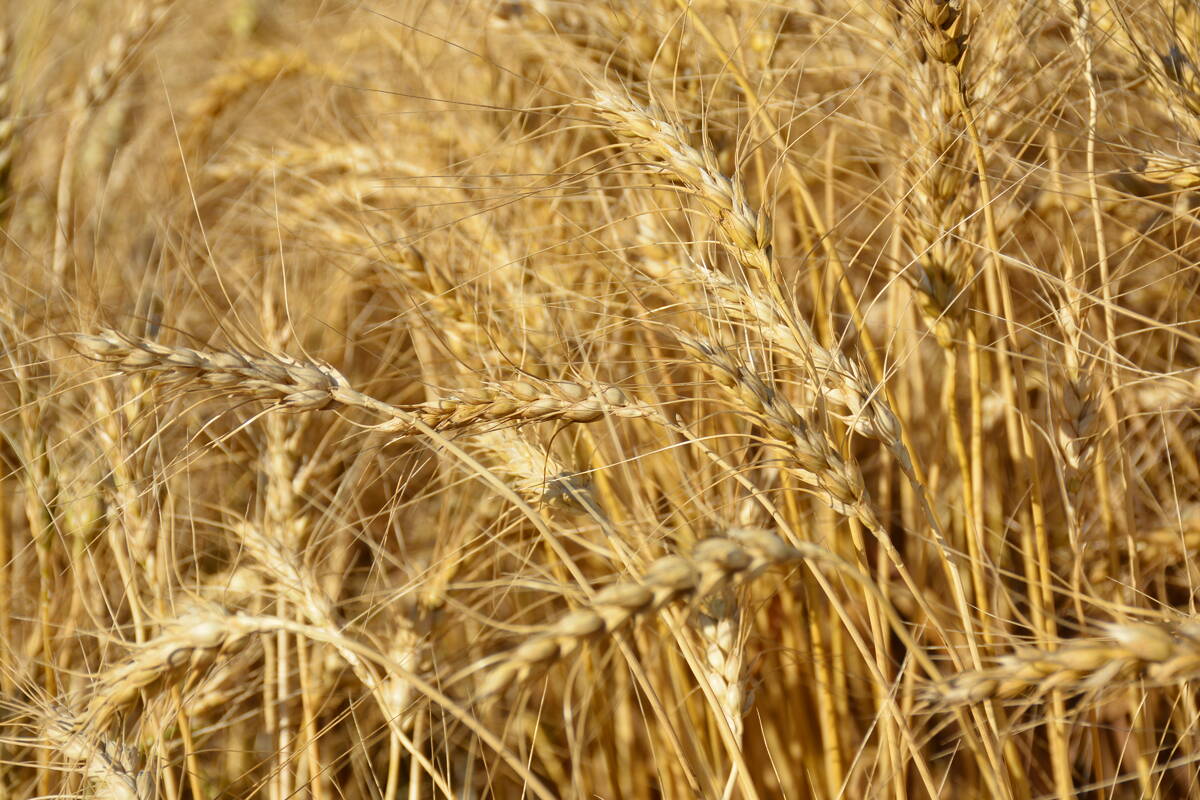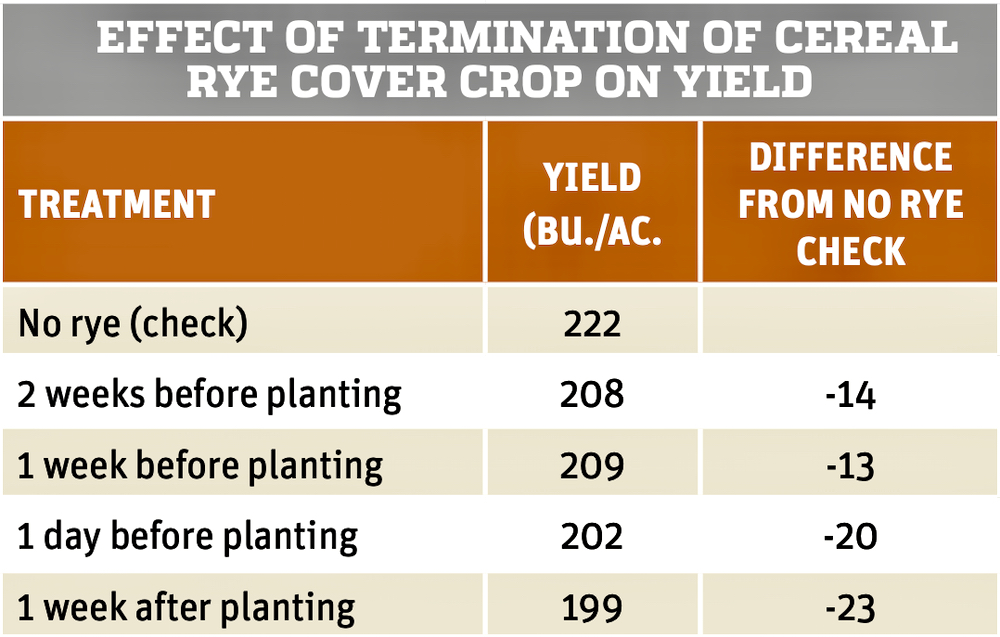Interest in cover crops, and the debates surrounding their management, have increased in the past five years.
Long-term data from University of Guelph’s Ridgetown Campus have established the benefit of red clover underseeded to winter wheat, but frustration remains over getting a good catch.
Discussions about the value of oilseed radish or oat or cereal rye covers have swung from one extreme to another. Some growers swear by them, others question seed prices or timing on termination.
Read Also

Scientists discover a gene that could triple wheat production
This discovery could give breeders a powerful new tool to boost yields without needing more land, water, or fertilizer.
At the 2023 Ontario Agricultural Conference, Olivia Noorenberghe from Pride Seeds presented the findings from her Master of Science research. She examined the effects of four timings for terminating a rye cover crop relative to corn planting. The factors included height of the cereal rye biomass at corn planting, plant population of corn, weed density and biomass, and light quality — and how all of those affected corn yield.
Terminating the cereal rye cover crop took place 14, seven and one day before corn planting and then seven days after. In one treatment, cereal rye was planted in 7.5-inch rows (solid) and in the same row width but in twin rows (partial) in the other.
Noorenberghe determined that yield was not affected, at least not in a statistically significant way, by varying the dates of termination.

There are differences in yields in the various treatments, but co-hosts Josh Nasielski and Dave Hooker, both from University of Guelph, expressed surprise that yield variations weren’t higher.
In terms of corn population (at one week after corn’s emergence), the plot of cereal rye terminated one week before planting had 83,700 plants per hectare, or roughly 32,000 plants per acre. But the plot with the cover crop terminated one week after planting saw a significant reduction in plant population, down to 77,000, or roughly 31,000 plants per acre.
“We’re also seeing that we get increased biomass as we increase the termination time,” said Noorenberghe, adding there was also a greater height difference in the cereal rye at 14 days before planting compared to one week after.
At 14 days before planting, researchers measured roughly 250 to 500 grams per square metre. At seven days after, measured 1,000 to 1,500.
“We did see that there was a trend, not statistically significant, that the longer we delayed termination of the cereal rye, the lower the yields,” said Noorenberghe.
Her research showed that cereal rye as a cover crop did affect light quality but the full versus partial row spacings had minimal effect.
There were no major impacts on yield despite the 21-day span for termination. Noorenberghe said variability in soil types or climatic conditions in a specific area must be considered with her results. For instance, higher clay content in soil may have affected the timing for planting corn.
Small-plot research and only three sites present limitations, she added. It might take six, eight or 10 different environments across the province to determine greater statistical differences and clearer directions on cover crop management.
– Look for more on this topic from Ralph Pearce in Country Guide.















